Speaking of ensembles:
AVAILABLE NOW -

Take Ken Folett's Century Trilogy.
It begins with Fall of Giants.
The first 7 pages of that novel consists of the list of characters. Wow.
How many people put the book down after seeing that?
J K Rowling knew how to handle an ensemble novel.
Despite one school of thought that urges
an ensemble novel not to be just of two major characters with a supporting cast,
JK had a triad of heroes. And her novels did just fine.
So what are some good guidelines
for an ensemble novel?
1.) YOU know your characters.
Your novel's characters must stand out one from the other if they are to stick in the minds of your readers.
Readers will not have the advantage of being able to remember their faces as they would do in a large party.
If you know your characters inside and out, then you will make them distinctive.
2.) INTRODUCE YOUR CHARACTERS SLOWLY
Remember that large party I was talking about up above?
Imagine if host of said party introduced you to a dozen people within minutes?
How many of them would you remember ... even with aid of seeing their faces?
Give each character AN IMPORTANT FUNCTION THAT PROPELS your novel along and an arc that is meaningful.
3.) NO MINI-ME's ALLOWED
No subservient character that is not part of the group, but just follows along to serve as comic relief or sounding board for needful exposition.
In my The Not-So-Innocents Abroad,
I took pains to not let 11 year old Nikola Tesla become that to my story-line.
Even his black cat, Macak, served an important function.
How can you tell if a character is not a Mini-Me but a supporting character
(which is entirely all right, and is, in fact, necessary for ensemble novels)?
A supporting character has an actual life when not with the rest of the group ...
and that is mentioned in the novel.
4.) NO TRAITS WITH LEGS PLEASE
Your novel is not SNOW WHITE so please no walking traits that masquerade as living, breathing characters!
People are mosaics of many traits, many interests, many flaws, and hopefully many virtues!
5.) NO "ONE OF THESE IS NOT THE SAME"
Avoid homogeny.
Most groups have diversity in their ranks, even if they are performing the same task: Policeman, Fireman, Doctors.
BUT AVOID "THE ONE OF EACH" CURSE --
Star Trek: Voyager seemed guilty of that to me.
It smacked to me of tokenism, checking off boxes when writing the character into being,
6.) REMEMBER THE BREAKFAST CLUB --
GIVE YOUR CHARACTERS PASSIONS
If you give your characters passions
—poetry, football, astrology—
those interests will influence their reactions and distinguish them from each other.
PAY ATTENTION TO YOUR CHARACTERS' SPEECH PATTERNS
Not everyone speaks the same: their education, their social background, their interests will all shape how they speak.
After a few chapters, if you have done your job right, readers will be able to tell one character from another just by the way in which they speak.
LET CHOICE OF CLOTHING REVEAL CHARACTER
The prim and proper girl versus the cheerleader. The poor student versus the wealthy socialite.
The jock versus the scholar. The shy student versus the extrovert.
I did not mention one article of clothing but you saw the clothing difference in each set of individuals I mentioned, didn't you?
7.) DON'T BE KANYE WEST
Name your characters with care.
No Josh and Joe; no Kira and Kelly.
Names that blur together in your readers' minds are the kiss of death.
Give your characters distinctive names that stand apart from every other character.
THE NOT-SO-INNOCENTS' BLOG VOYAGE
I haven't done a book tour since THE BEAR WITH TWO SHADOWS (Soon to come out in paperback)
I was wondering when BEAR and ABROAD come out in paperback
if any of you would like to have me pay a visit to your blog.
I would do the heavy lifting and write the copy for you.
Or you could ask me questions. Your choice.
Let me know if you would be interested.
Roland (Stetson in Hand)



















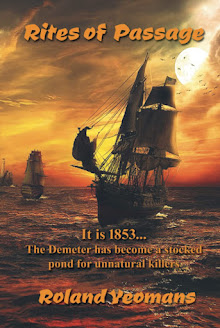








































































































































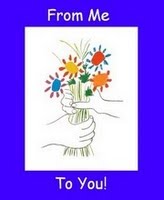

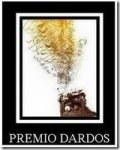

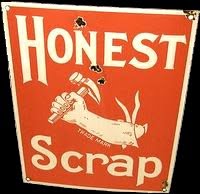


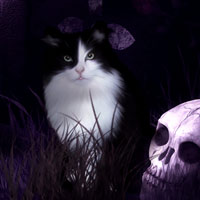
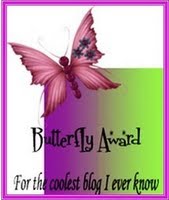



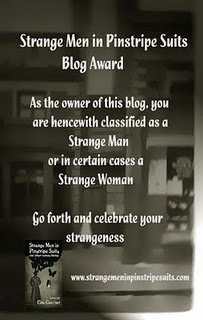
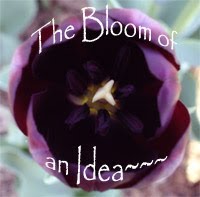

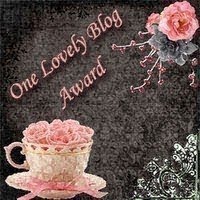














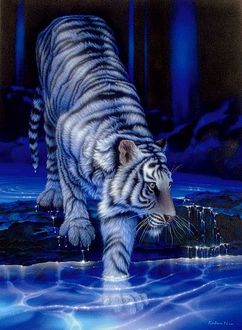


JK Rowling is a great example of a large ensemble cast of characters--the fact that they have magical roles and powers certainly help too.
ReplyDeleteOne of these days I'll get my blog up and running again. In the meantime, I'll happily buy a copy of The Bear with Two Shadows.
Thanks, Helena. That means a lot. BEAR is still being formatted, so it will be a bit before Hibbs is ready to amble your way with his teenage adventures. :-)
DeleteHi Roland ... I'm on 'my tour' and how many more posts I've got I'm not exactly sure .. but almost to the A-Z starts. Also I tend not to do guest posts ... so sorry on that score.
ReplyDeleteRe names - gosh I hate some names people give their characters - they just don't gel ... cheers Hilary
Yes, many novels have been spoiled for me by badly chosen names!
DeleteNot to worry about the tour. Thanks for being my friend, Roland
This is my writing conundrum, so many folks show up. Number two is my weakness.
ReplyDeleteWe learn by doing. And Ken Follett manages to make large sales with a boatload of characters!
DeleteTraits with legs! I will remember that.
ReplyDeleteProbably why I've stuck to just a couple main characters...
Space epics tend to have a large cast, and you handle them well!
DeleteI agree, especially with slowly introducing characters. Anchor them to another, some relationship or connection that a reader can relate to.
ReplyDeleteExactly. Relationships tend to cement the memory of who the characters are: a wife, a rival, a best friend. :-)
DeleteOoh, I'd love to feature a guest post!
ReplyDelete